HOSTS- Jeremy Burns, Matthew Scott Phillips
TYPE- Theory 1
DURATION- 50:56
BUMPER MUSIC- "Our Mission Is Possible"
(Area 47 Music)
ANNOUNCER- Mike Cunliffe
Many great chord progressions, in tonal music, are based on specific sequences of triads and chords that are naturally fulfilling or appealing. These chords often all consist of notes that strictly come from the major or minor scales they are based on. These chords are considered diatonic. When musicians start speaking about chords using numbers instead of letters, this is what they are talking about. Listen and learn more about the diatonic triads and 7th chords from the major and minor scales.

DIATONIC TRIADS IN
MAJOR KEYS AND SCALES
The below example shows all triads based on the MAJOR scale. The uppercase Roman numerals signify major triads and the lowercase Roman numerals signify MINOR triads. Notice, above the staff, you will see the functions each of the DIATONIC chords (tonic, mediant, etc.).

The next example shows all triads based on the NATURAL MINOR scale. Notice that all the functions remain the same, for the most part. The VII chord no longer carries a LEADING TONE function. Instead, it is considered to be SUBTONIC.

The below example shows all diatonic 7th chords in MAJOR.

This example shows all diatonic 7th chords in NATURAL MINOR.


